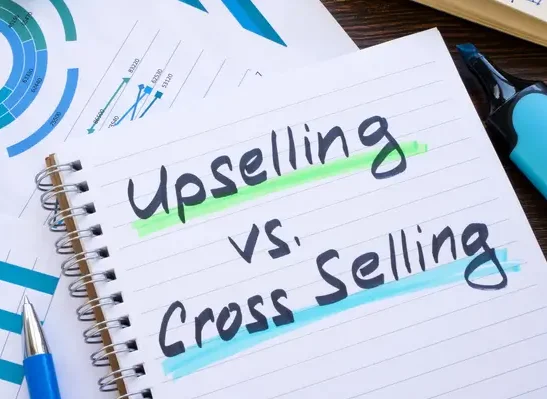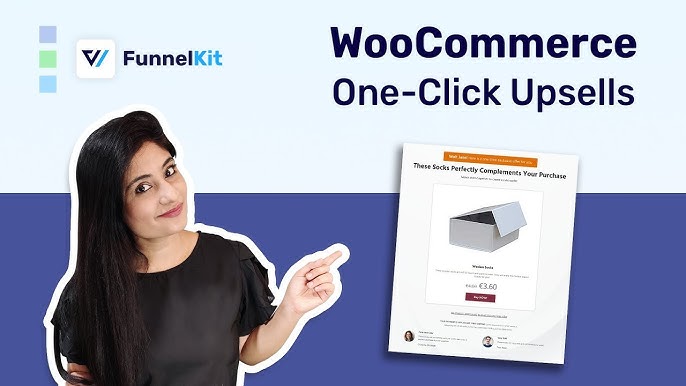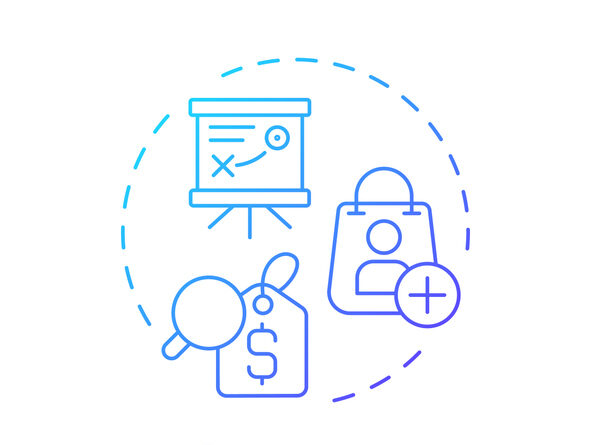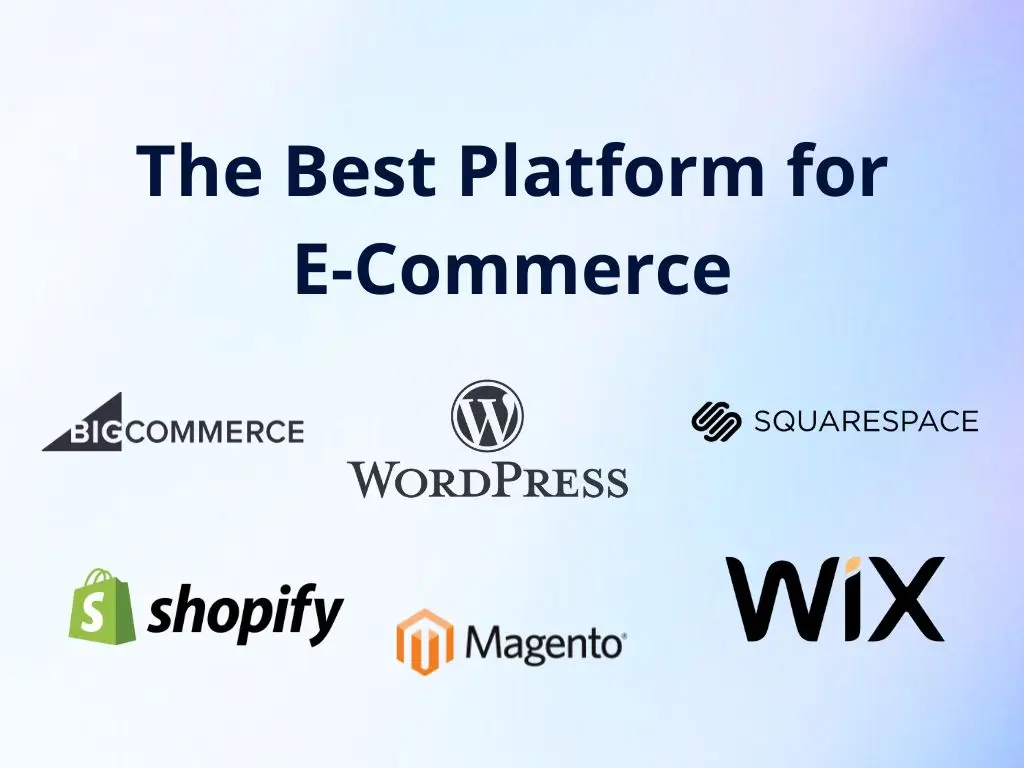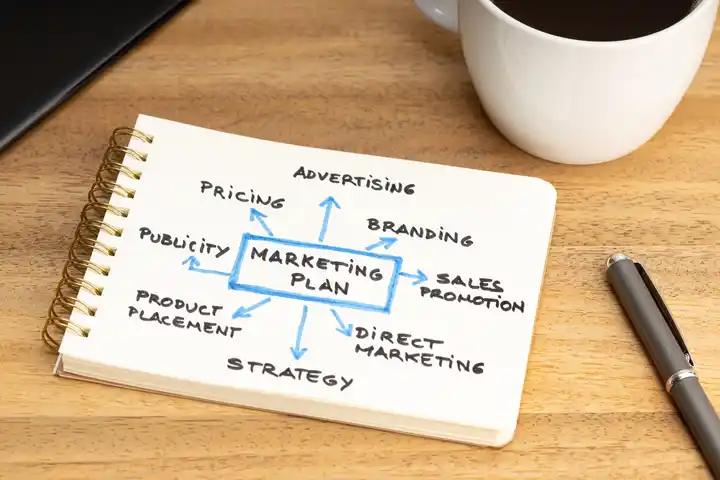Introduction
Ever wondered how some businesses effortlessly encourage you to spend a little extra? Whether it’s adding a dessert to your meal or upgrading to the latest smartphone model, these strategies aren’t accidental. They’re the result of effective upselling and cross selling techniques. Understanding cross selling vs upselling is crucial for any business looking to maximize customer value and boost sales. In this article, we’ll break down these concepts, explore practical examples, and provide actionable tips to help you implement them successfully.
Understanding Upselling and Cross Selling
What Is Cross Selling?
The cross selling definition is a sales technique where you encourage customers to purchase related or complementary items. Think of it as offering fries with a burger or suggesting a phone case when someone buys a smartphone. By providing additional value, you enhance the customer’s experience and increase your sales. It’s about meeting more of the customer’s needs in one transaction.
What Is Upselling?
Upselling involves encouraging customers to purchase a higher-end version of the product they’re considering. Instead of the basic model, you highlight the benefits of a premium version. For example, when a car dealer showcases the features of a deluxe model over the standard one, they’re employing upselling techniques. The goal is to increase the order value by offering a superior product that better meets the customer’s needs.
Why Cross Selling and Upselling Matter
Implementing these strategies effectively can lead to:
- Increased Revenue: Boost sales without acquiring new customers.
- Improved Customer Satisfaction: Meet more of your customers’ needs.
- Enhanced Loyalty: Build stronger relationships through personalized experiences.
By mastering these techniques, you can significantly grow your business and foster lasting customer loyalty.
Cross Selling vs Upselling: Key Differences
While both strategies aim to increase sales and enhance customer satisfaction, they do so in different ways. Cross selling focuses on adding complementary products to the original purchase, whereas upselling aims to move the customer to a higher-priced item. Understanding the distinction between cross selling vs upselling helps you apply the right approach at the right time.
Practical Upselling Techniques
To upsell successfully, consider the following tips:
- Understand Customer Needs: Tailor your recommendations based on what the customer values.
- Highlight Benefits: Clearly explain how the upgraded product offers more value.
- Use Visuals: Show before-and-after scenarios or comparative charts to illustrate differences.
- Offer Incentives: Provide discounts or special deals on premium products.
- Implement One Click Upsells: Use technology that allows customers to upgrade their purchase with a single click during online checkout.
Implementing One Click Upsells
One click upsells are an effective way to increase order value online. After a customer completes a purchase, they’re presented with an additional offer that they can accept with a single click, without re-entering payment information. This seamless process reduces friction and encourages impulse purchases.
To implement one click upsells:
- Choose the Right Platform: Select e-commerce software that supports one click upsell features.
- Offer Relevant Products: Ensure the upsell is closely related to the original purchase.
- Keep It Simple: Make the offer clear and the acceptance process straightforward.
Effective Cross Selling Strategies
To enhance your cross selling efforts:
- Bundle Products: Create packages that combine related items at a discounted price.
- Personalized Recommendations: Use purchase history to suggest relevant products.
- Train Staff: Ensure your team understands the products well enough to make appropriate suggestions.
- Strategic Placement: Position complementary items near each other in-store or suggest them during online checkout.
- Customer Education: Inform customers how additional products can enhance their primary purchase.
Tips to Maximize Customer Value
- Listen to Feedback: Understand what customers want and adjust your offerings accordingly.
- Monitor Performance: Track which cross selling and upselling strategies are most effective.
- Stay Ethical: Always prioritize the customer’s needs over pushing for a sale.
- Educate Your Team: Regular training can keep your staff adept at these techniques.
Common Mistakes to Avoid
- Overwhelming the Customer: Too many suggestions can lead to decision fatigue.
- Irrelevant Offers: Suggesting unrelated products can irritate customers.
- Being Pushy: Aggressive tactics can damage customer relationships.
By avoiding these pitfalls, you ensure that your cross selling and upselling efforts are both effective and appreciated by customers.
Conclusion
Mastering upselling and cross selling is about providing value and building lasting relationships with your customers. By understanding the differences between these techniques and applying them thoughtfully, you can enhance the shopping experience and increase your revenue. Remember, the key is to focus on the customer’s needs and offer solutions that genuinely benefit them.
The next time you’re interacting with a customer, consider how you might introduce a complementary product or highlight the advantages of a premium option. With practice, cross selling and upselling can become a natural and profitable part of your sales process. If you are still hungry for more, you can check out how to reduce your Customer Acquisition Cost to increase profits.


